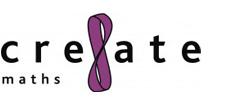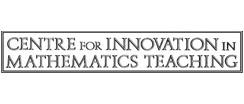Years 5 & 6: Statistics
This list consists of activities, games and videos designed to support the new curriculum programme of study in Years Five and Six. Containing tips on using the resources and suggestions for further use, it covers:
Year 5: Solve comparison, sum and difference problems using information presented in a line graph, complete, read and interpret information in tables, including timetables.
Year 6: Interpret and construct pie charts and line graphs and use these to solve problems, calculate and interpret the mean as an average.
Visit the primary mathematics webpage to access all lists.
- ALL
- Activity sheet
Activity sheet
What's in Your Bowl?
This resource provides six investigations linked to data handling and keeping healthy. Children investigate serving amounts and what is eaten for breakfast by carrying out surveys and collecting data. Ideas include: What do pupils eat for breakfast? Does bowl diameter affect serving amount? and How healthy are breakfast cereals? It includes a blank class database for the class to enter data into and help to find answers to their questions.
Discussing Data
Although aimed at secondary learners, there are some great examples of line graphs and pie charts, with ideas for discussion. The Going to the cinema line graph on page 12 and the Keeping fit pie chart on page 24 could both be used at primary level to interpret data. Children could go on to create their own line graphs/pie charts having collected class or school data on similar topics.
Presenting Data Graphically
The third task in this resource is to draw a pie chart representing a day in their life. It contains a pie chart already split into 24 equal sections, making pie charts accessible without a knowledge of angles. For more of a challenge children, could be given a black circle and use their knowledge of angles to create their pie charts.
Sea the Heat
This resource provides a great opportunity for collecting and representing data within a science context. Children measure and record the temperature of hot and cold water at intervals and then create line graphs to show this data.
Handling Data
This book provides a wealth of information for teachers wishing to extend their own knowledge of statistics before trying out the activities in the classroom. The first section of Part A looks at tables and timetables providing worked examples to support learning and exercises to practise skills.
It also covers the areas of:
• pictograms and bar charts
• pie charts
• line graphs
• frequency graphs
• mean, median, mode and range
• finding the mean from tables and tally charts
• calculations with the mean
• mean, median and mode for grouped data.






